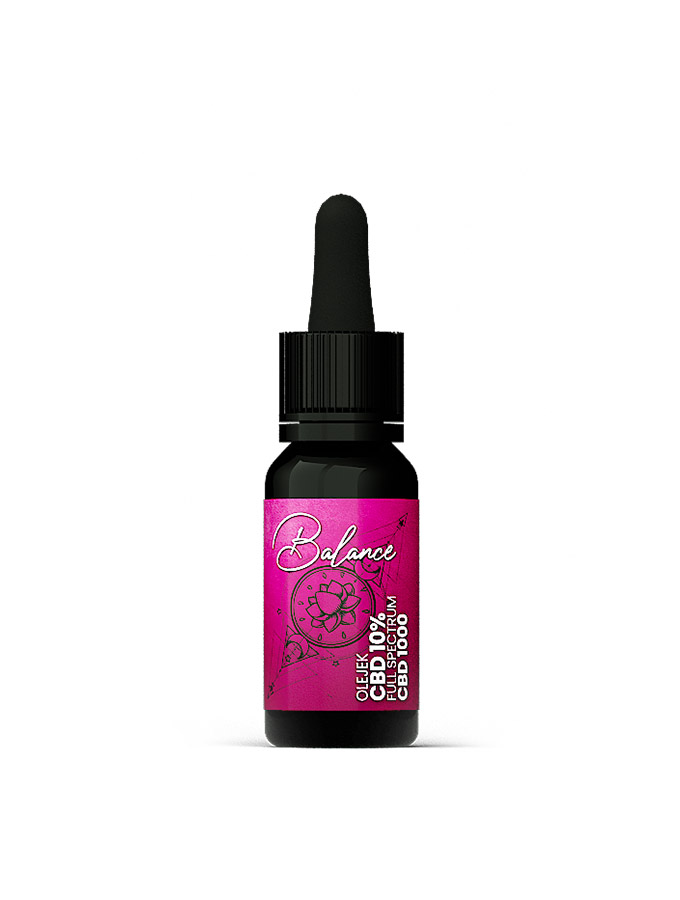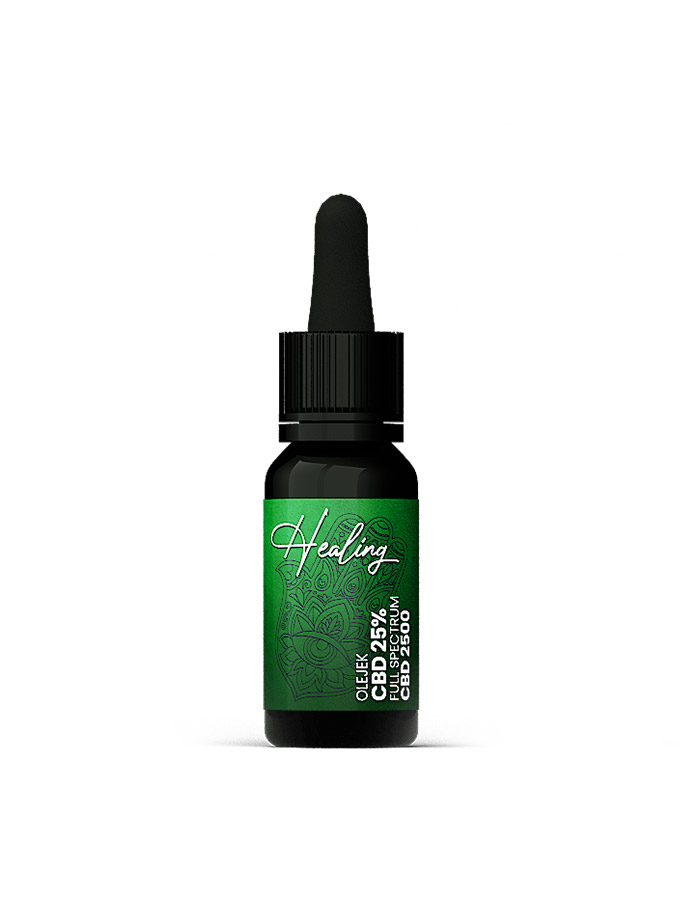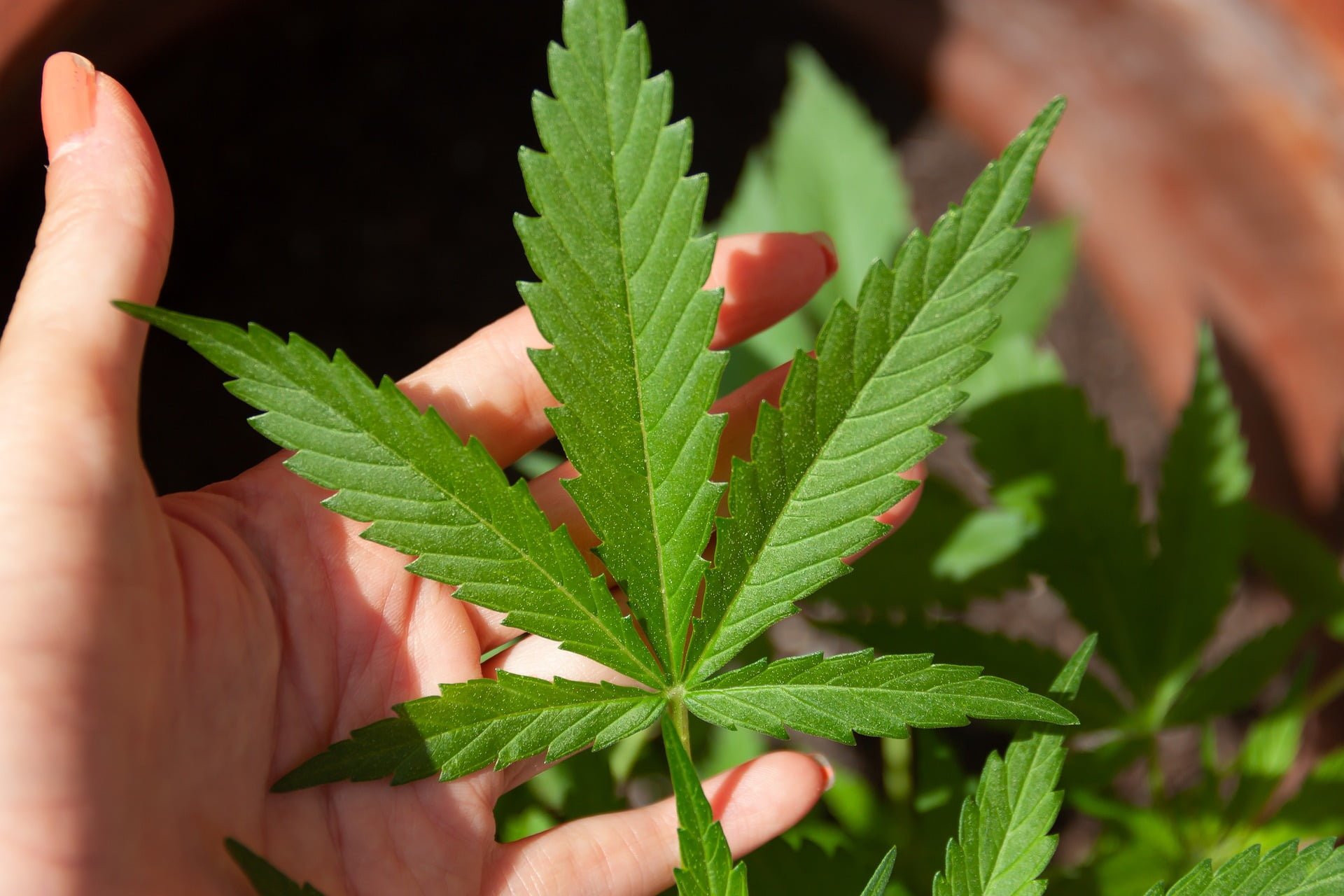Essential Bloom
69.00 zł
Essential Calm
69.00 zł
Essential Citrus
69.00 zł
Essential Forest
69.00 zł
 Essential OilNOVELTY!
Essential OilNOVELTY!
 CBD Oils Full Spectrum
CBD Oils Full Spectrum
 CBD oil 2.5% Full Spectrum “BEGINNING”
CBD oil 2.5% Full Spectrum “BEGINNING”
 CBD Oil 10% Full Spectrum “BALANCE”
CBD Oil 10% Full Spectrum “BALANCE”
 CBD oil 15% Full Spectrum “REMEDIAL”
CBD oil 15% Full Spectrum “REMEDIAL”
 CBD oil 25% Full Spectrum “HEALING”
299.00 zł
CBD oil 25% Full Spectrum “HEALING”
299.00 zł
 Body Oil CBD 1500 Illuminated, Smoothed and Moisturized Skin
Body Oil CBD 1500 Illuminated, Smoothed and Moisturized Skin
 Body Oil Flowers CBD 750 250ml
119.00 zł
Body Oil Flowers CBD 750 250ml
119.00 zł
 Body Oil Herbs CBD 750 250ml
Body Oil Herbs CBD 750 250ml
 Body Oil CBD 750 250ml
119.00 zł
Body Oil CBD 750 250ml
119.00 zł
 CBD Full Spectrum Creams
CBD Full Spectrum Creams
 Face Day Cream CBD 200 Radiant and Moisturized Skin
Face Day Cream CBD 200 Radiant and Moisturized Skin
 Face Night Cream CBD 300 Regenerated and Smoothed Skin
Face Night Cream CBD 300 Regenerated and Smoothed Skin
 CBD Full Spectrum Ointments
CBD Full Spectrum Ointments
 Balm CBD 750 Relief and Regeneration for Dry Skin
Balm CBD 750 Relief and Regeneration for Dry Skin
CBD Therapeutic Balm 750 brilliant regenerates and moisturizes dry and cracked skin as a result of individual predispositions and external factors.
 Salve CBD 1500 restoring the vitality of your body
Salve CBD 1500 restoring the vitality of your body
The unique action of Salve CBD 1500 ointment is based on the combination of the broad action of full spectrum CBD extract and herbs with powerful and documented power.
 CBD Full Spectrum Serum
CBD Full Spectrum Serum
 Face Serum CBD 600 Firmed and Revitalized Skin
Face Serum CBD 600 Firmed and Revitalized Skin
Nourishing face serum with a high content of full spectrum CBD extract, echinacea stem cells, collagen and elastin, and precious prickly pear oil for all skin types.
 Skin oil CBD 300 Acne and Scars Removal
Skin oil CBD 300 Acne and Scars Removal
Skin Oil CBD 300 owes its effectiveness to a formula containing precious full spectrum CBD extract, omega acids, arnica and lavender herbs, as well as vitamins A and E.
 CBD Full Spectrum Lipsticks
CBD Full Spectrum Lipsticks
 Care Lipstick - Bee and CBD
Care Lipstick - Bee and CBD
It is a daily, natural and effective care for your lips. Note! The lipstick is exceptionally efficient due to the strong concentration of ingredients.
The exceptional effectiveness of CBD 50 lipstick is guaranteed by:
+ CBD full spectrum oil
+ Hemp extract (macerate)
+ Beeswax and lanolin
+ Cocoa butter
+ Coconut oil
+ Vegetable glycerin
+ Orange and neroli essential oils
 Beauty line
Beauty line
 Essential oils blend Lemongrass
69.00 zł
Essential oils blend Lemongrass
69.00 zł
 Face Day Cream CBD 200 Radiant and Moisturized Skin
Face Day Cream CBD 200 Radiant and Moisturized Skin
 Face Night Cream CBD 300 Regenerated and Smoothed Skin
Face Night Cream CBD 300 Regenerated and Smoothed Skin
 Face Serum CBD 600 Firmed and Revitalized Skin
Face Serum CBD 600 Firmed and Revitalized Skin
 Body Oil CBD 1500 Illuminated, Smoothed and Moisturized Skin
Body Oil CBD 1500 Illuminated, Smoothed and Moisturized Skin
 Body Oil CBD 750 250ml
119.00 zł
Body Oil CBD 750 250ml
119.00 zł
 Body Oil Herbs CBD 750 250ml
Body Oil Herbs CBD 750 250ml
 Body Oil Flowers CBD 750 250ml
119.00 zł
Body Oil Flowers CBD 750 250ml
119.00 zł
 Therapy line
Therapy line
 Cosmetics for riders
Cosmetics for riders
 Sets and promotions
Sets and promotions
Previous lowest price was 209.00 zł.
Previous lowest price was 239.00 zł.
Previous lowest price was 429.00 zł.


Nowadays, many plant species are used for industrial purposes. Therefore, it is worth knowing how, for example, hemp cultivation translates into environmental protection. It is widely used in cosmetics, the textile industry, the food industry and other areas on an industrial scale. So do not delay and learn more about this plant and its impact on nature now.
The main advantage of hemp cultivation is its ecological dimension. To a large extent, it has a negative carbon balance, which means that it absorbs more CO2 from the atmosphere than is released during its processing. In addition, its properties can help filter pollutants from the soil, which translates into improved soil quality. It is also worth mentioning that its root system can prevent soil erosion. During cultivation, there is also no need to use pesticides or other chemicals harmful to humans and the environment. The plant protects itself from weeds and pests, so there is no need to use additional protective preparations.
We also draw attention to the fact that hemp has versatile applications in various industries. It is used in the paper and cellulose industry, textiles, pharmaceuticals, construction and many others. One crop can therefore bring benefits to many industries and reduce the need to use raw materials from different sources.
We cannot forget about the important advantage of the plant, which is the fact that it can be used in its entirety. Both the seeds and the flowers and stems are suitable for use, so there is no fear of wasting any parts.
The combination of all these advantages makes hemp a good choice for solutions that do not have a harmful impact on the environment. Such cultivation can even contribute to the care of nature, due to its positive impact on soil quality, the lack of the need for toxic chemicals and a high level of CO2 absorption.






 Essential OilNOVELTY!
Essential OilNOVELTY! CBD Oils Full Spectrum
CBD Oils Full Spectrum CBD oil 2.5% Full Spectrum “BEGINNING”
CBD oil 2.5% Full Spectrum “BEGINNING”
 CBD Oil 10% Full Spectrum “BALANCE”
CBD Oil 10% Full Spectrum “BALANCE”
 CBD oil 15% Full Spectrum “REMEDIAL”
CBD oil 15% Full Spectrum “REMEDIAL”
 CBD oil 25% Full Spectrum “HEALING”
299.00 zł
CBD oil 25% Full Spectrum “HEALING”
299.00 zł
 Body Oil CBD 1500 Illuminated, Smoothed and Moisturized Skin
Body Oil CBD 1500 Illuminated, Smoothed and Moisturized Skin
 Body Oil Flowers CBD 750 250ml
119.00 zł
Body Oil Flowers CBD 750 250ml
119.00 zł
 Body Oil Herbs CBD 750 250ml
Body Oil Herbs CBD 750 250ml
 Body Oil CBD 750 250ml
119.00 zł
Body Oil CBD 750 250ml
119.00 zł
 CBD Full Spectrum Creams
CBD Full Spectrum Creams Face Day Cream CBD 200 Radiant and Moisturized Skin
Face Day Cream CBD 200 Radiant and Moisturized Skin
 Face Night Cream CBD 300 Regenerated and Smoothed Skin
Face Night Cream CBD 300 Regenerated and Smoothed Skin
 CBD Full Spectrum Ointments
CBD Full Spectrum Ointments Balm CBD 750 Relief and Regeneration for Dry Skin
Balm CBD 750 Relief and Regeneration for Dry Skin
CBD Therapeutic Balm 750 brilliant regenerates and moisturizes dry and cracked skin as a result of individual predispositions and external factors.
 Salve CBD 1500 restoring the vitality of your body
Salve CBD 1500 restoring the vitality of your body
The unique action of Salve CBD 1500 ointment is based on the combination of the broad action of full spectrum CBD extract and herbs with powerful and documented power.
 CBD Full Spectrum Serum
CBD Full Spectrum Serum Face Serum CBD 600 Firmed and Revitalized Skin
Face Serum CBD 600 Firmed and Revitalized Skin
Nourishing face serum with a high content of full spectrum CBD extract, echinacea stem cells, collagen and elastin, and precious prickly pear oil for all skin types.
 Skin oil CBD 300 Acne and Scars Removal
Skin oil CBD 300 Acne and Scars Removal
Skin Oil CBD 300 owes its effectiveness to a formula containing precious full spectrum CBD extract, omega acids, arnica and lavender herbs, as well as vitamins A and E.
 CBD Full Spectrum Lipsticks
CBD Full Spectrum Lipsticks Care Lipstick - Bee and CBD
Care Lipstick - Bee and CBD
It is a daily, natural and effective care for your lips. Note! The lipstick is exceptionally efficient due to the strong concentration of ingredients.
The exceptional effectiveness of CBD 50 lipstick is guaranteed by:
+ CBD full spectrum oil
+ Hemp extract (macerate)
+ Beeswax and lanolin
+ Cocoa butter
+ Coconut oil
+ Vegetable glycerin
+ Orange and neroli essential oils
 Beauty line
Beauty line Essential oils blend Lemongrass
69.00 zł
Essential oils blend Lemongrass
69.00 zł
 Face Day Cream CBD 200 Radiant and Moisturized Skin
Face Day Cream CBD 200 Radiant and Moisturized Skin
 Face Night Cream CBD 300 Regenerated and Smoothed Skin
Face Night Cream CBD 300 Regenerated and Smoothed Skin
 Face Serum CBD 600 Firmed and Revitalized Skin
Face Serum CBD 600 Firmed and Revitalized Skin
 Body Oil CBD 1500 Illuminated, Smoothed and Moisturized Skin
Body Oil CBD 1500 Illuminated, Smoothed and Moisturized Skin
 Body Oil CBD 750 250ml
119.00 zł
Body Oil CBD 750 250ml
119.00 zł
 Body Oil Herbs CBD 750 250ml
Body Oil Herbs CBD 750 250ml
 Body Oil Flowers CBD 750 250ml
119.00 zł
Body Oil Flowers CBD 750 250ml
119.00 zł
 Therapy line
Therapy line Cosmetics for riders
Cosmetics for riders Sets and promotions
Sets and promotionsPrevious lowest price was 209.00 zł.
Previous lowest price was 239.00 zł.
Previous lowest price was 429.00 zł.
No account yet?
Create an Account